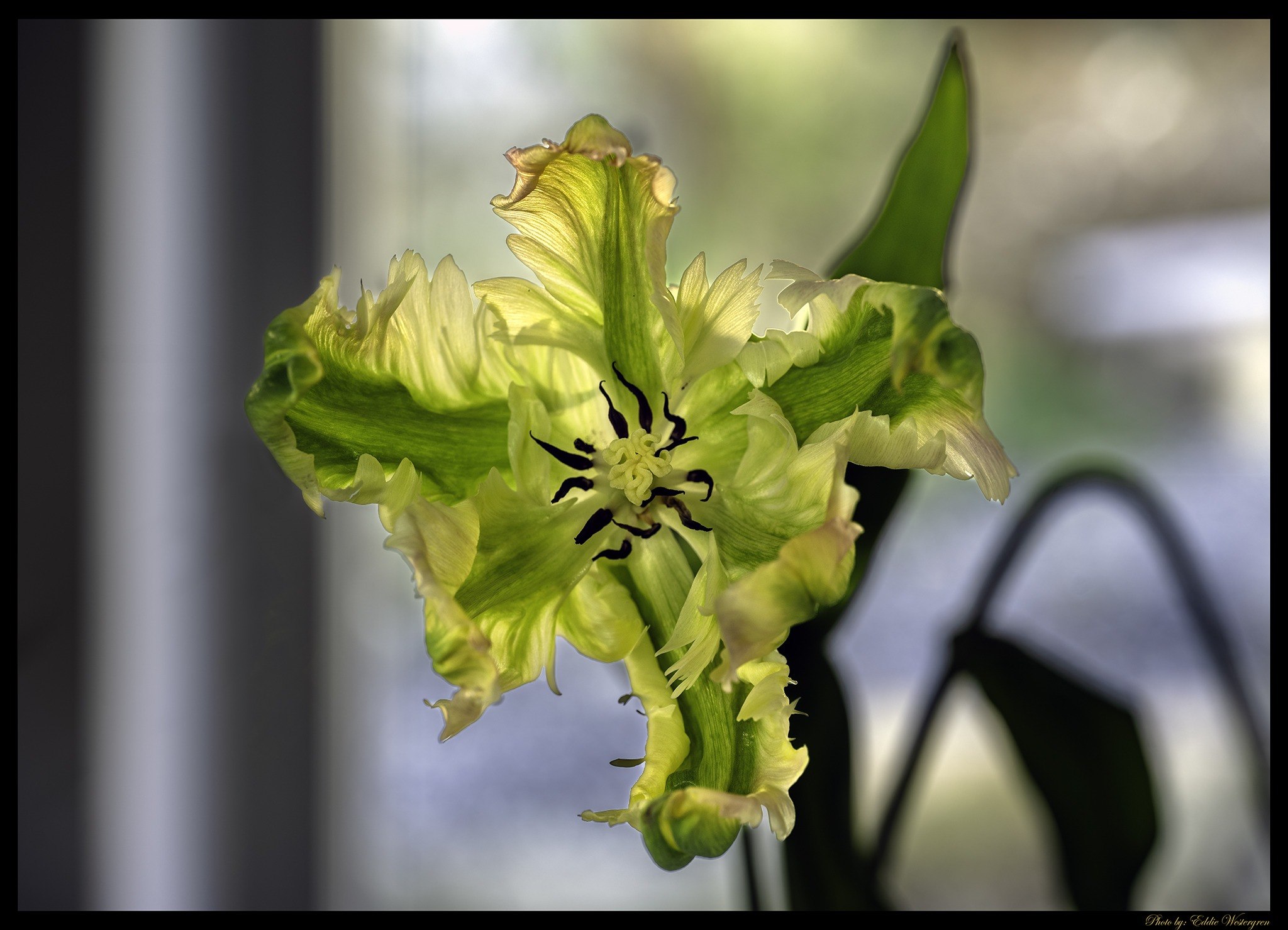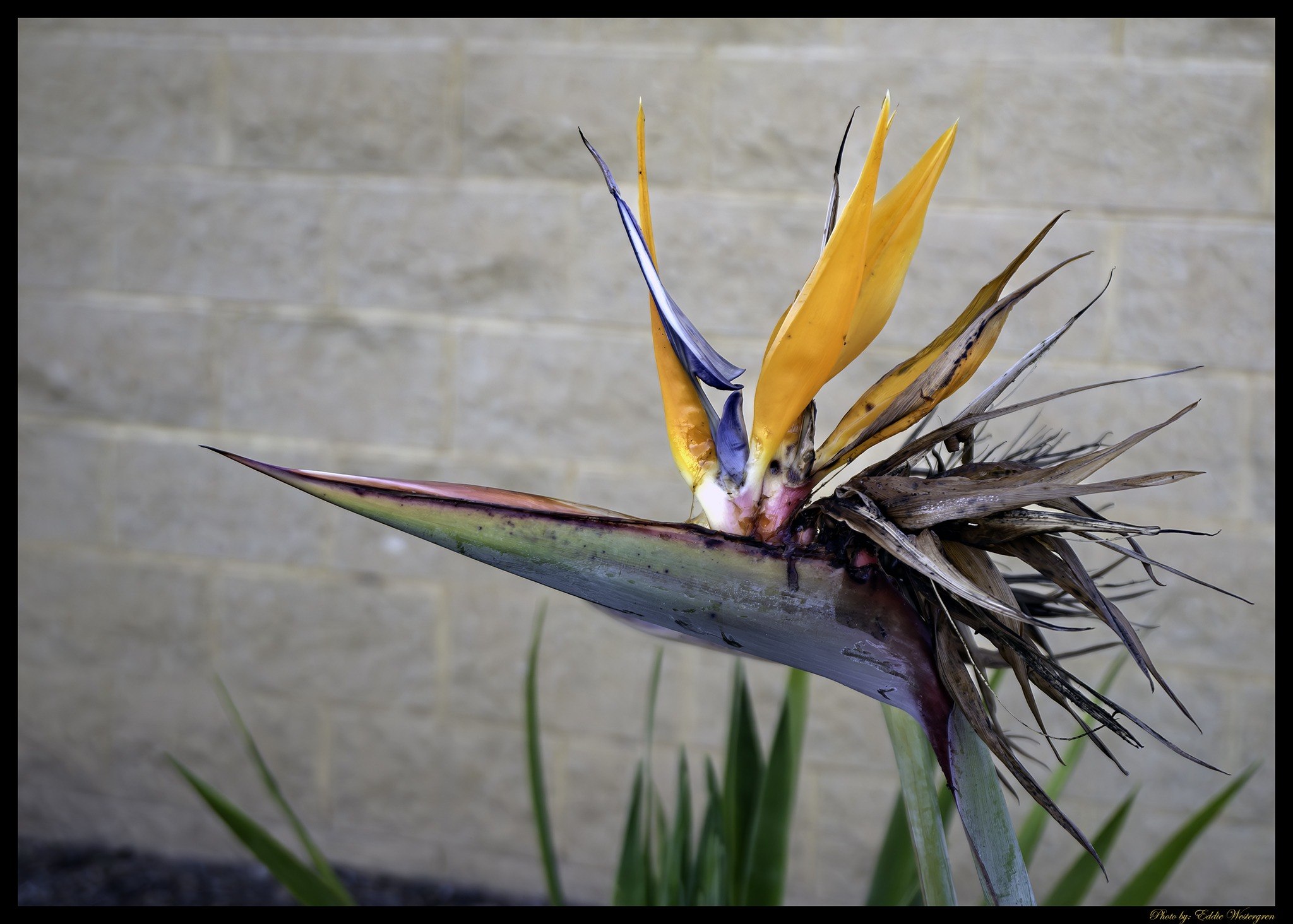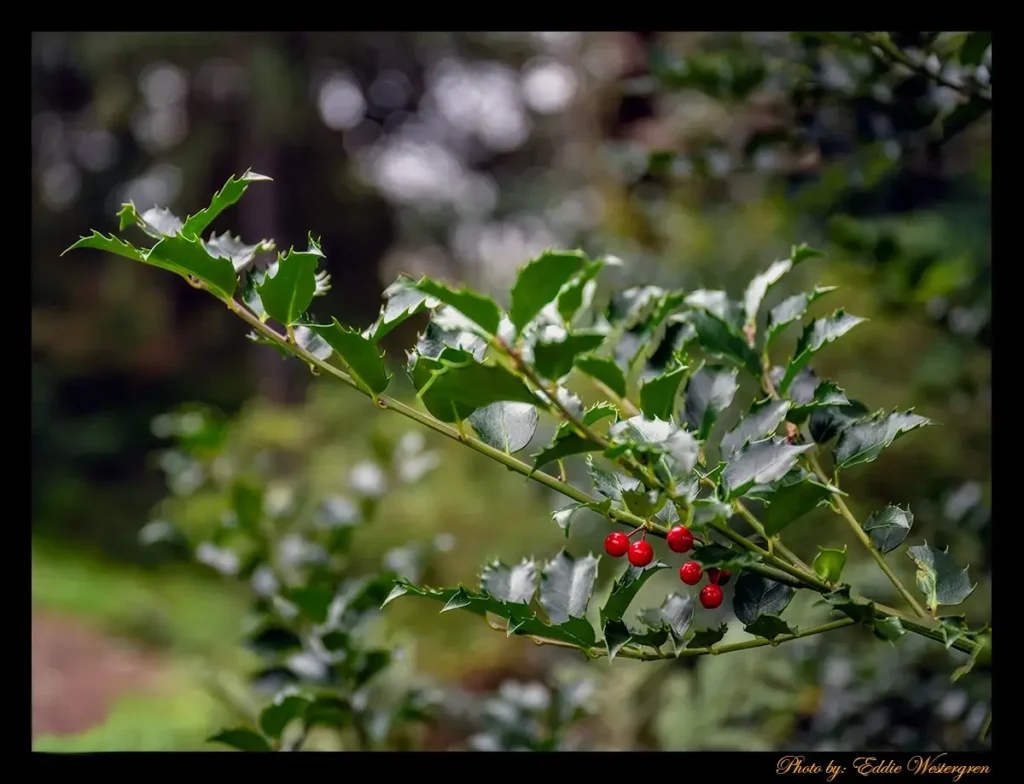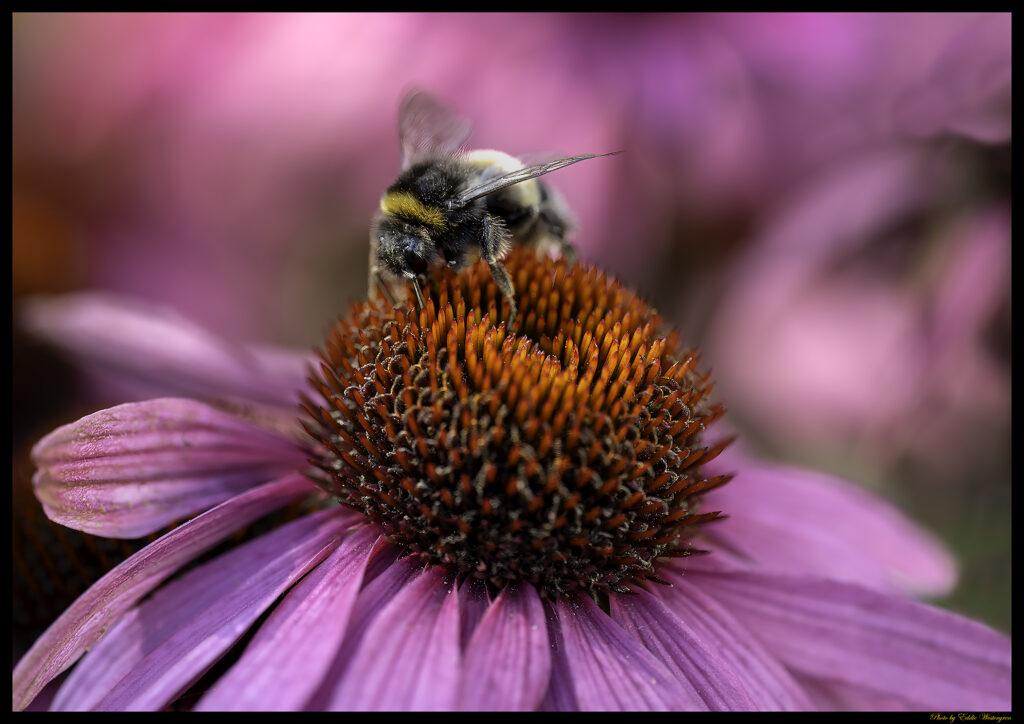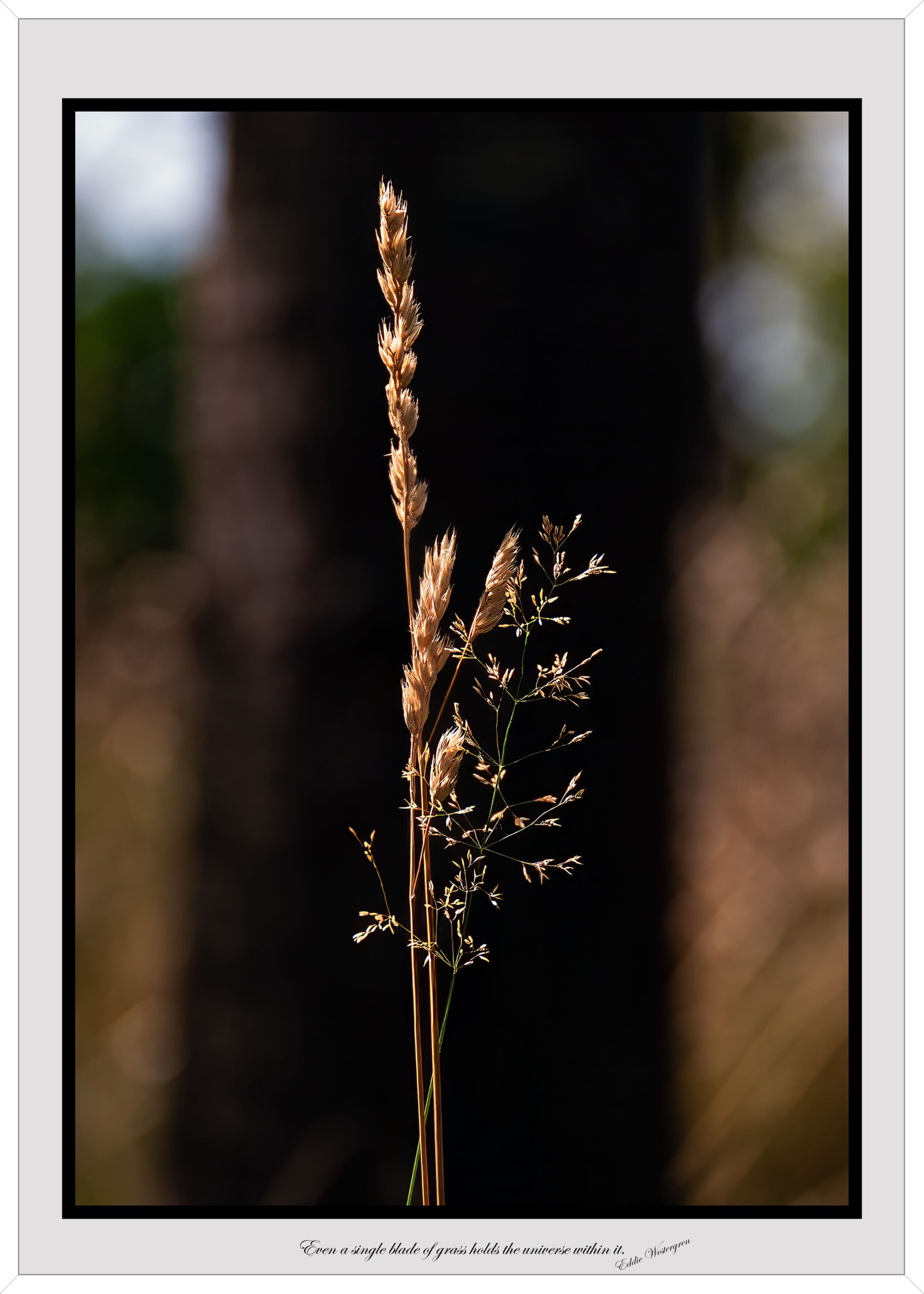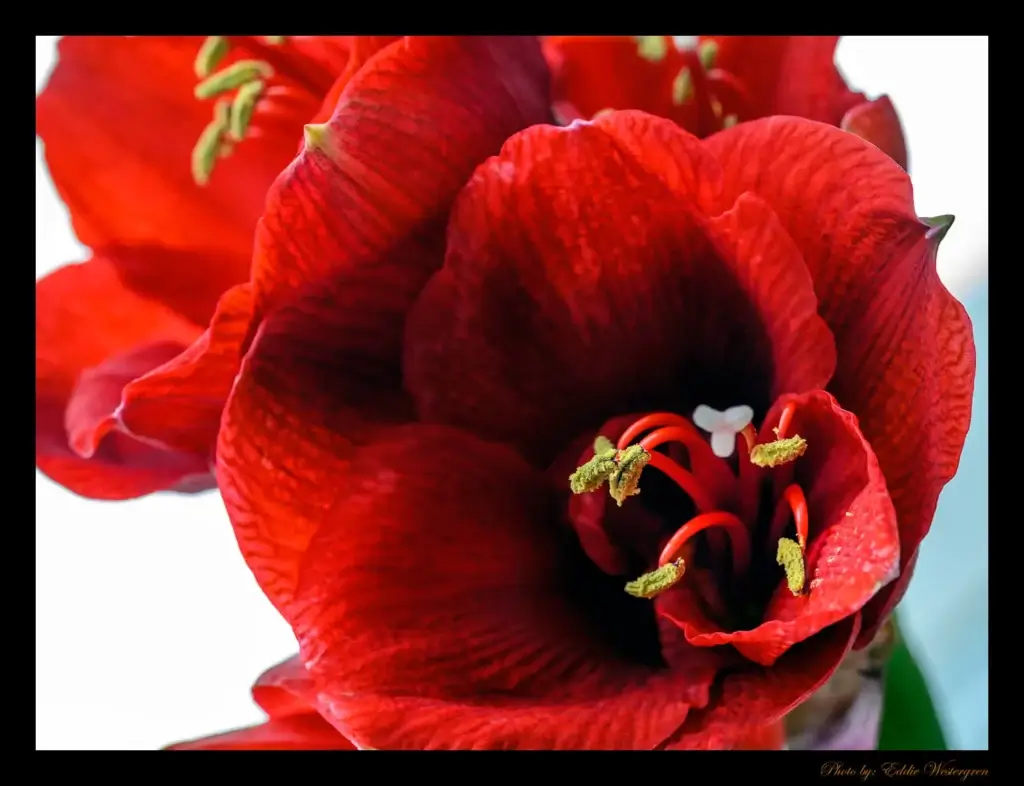French Tulip
French tulip
French tulips, with their elegant stature and graceful petals, embody a timeless allure that has captivated flower enthusiasts for centuries. Renowned for their elongated stems and large, cup-shaped blooms, French tulips exude an air of sophistication and refinement that sets them apart from their counterparts.
Originating from the tulip fields of France, these majestic flowers have become synonymous with romance and luxury, adorning weddings, grand events, and intimate gatherings with their unparalleled beauty. Their distinctive appearance, characterized by long, slender petals that gently curve outward, creates a sense of movement and fluidity, as if each bloom is caught in a perpetual dance.
French tulips –
comes in a myriad of hues, ranging from delicate pastels to vibrant jewel tones, offering endless possibilities for floral arrangements that evoke a sense of whimsy or drama, depending on the desired aesthetic. Whether showcased alone in a simple vase or mixed with complementary blooms in a lavish bouquet, their presence is always commanding, drawing the eye and stirring the soul.
Beyond their visual appeal, French tulips also possess a captivating fragrance that fills the air with a subtle, yet intoxicating scent, adding another dimension to their allure. The mere sight and scent of these exquisite flowers can transport one to a place of tranquility and serenity, evoking memories of springtime in the French countryside or leisurely strolls through fragrant gardens.
Caring for French tulips requires a gentle touch and attentive care. Proper hydration and a cool environment are essential to prolonging their vase life, allowing their beauty to be enjoyed for days on end. With the right care, French tulips can continue to enchant and inspire, serving as a timeless reminder of the fleeting yet enduring beauty of nature.
In Flower languages
The French tulips symbolize elegance, grace, and sophistication, making them a fitting choice for expressing sentiments of admiration, gratitude, or affection. Whether given as a gift or used to adorn a space, these exquisite blooms have a way of leaving a lasting impression, weaving a tapestry of beauty and enchantment wherever they bloom.
Parrot
Parrot look a like The holly Blue Maid
The holly Blue Maid The holly Blue Maid (Latin: Ilex x meserveae ‘Blue Maid’) is a holly that is perfect for making a hedge. It is also very beautiful as a solitaire. The leaves of this American holly have a beautiful blue-green color and a beautiful sheen. Because of the color of the leaves, this holly variety is called Ilex meserveae or the blue holly. This hedge plant does not lose its leaves and is therefore blue-green all year round
Bumblebee
bumblebee pollinates The Importance of Bumblebees for Our Environment.
Bumblebees are small, fuzzy insects that play a vital role in the health of our environment. Though often overlooked, these humble creatures are among the most important pollinators in nature. Their survival is directly linked to the survival of many plant species, including the ones that humans rely on for food. Without bumblebees, ecosystems would begin to collapse, and our food supply would be in serious danger.
One of the main reasons bumblebees are so important is their ability to pollinate plants. Pollination is the process of transferring pollen from one flower to another, which helps plants produce fruits and seeds. While other insects, such as honeybees and butterflies, also pollinate, bumblebees are especially effective because of their size, strength, and behavior. They can “buzz pollinate,” a unique technique where they vibrate their bodies to shake pollen loose from certain flowers. This is particularly helpful for plants like tomatoes, peppers, and blueberries.
Bumblebees are not only important to agriculture but also to wild ecosystems. Many wildflowers depend on bumblebees to reproduce. When these flowers are pollinated, they produce seeds and fruits that feed birds, small mammals, and other creatures. In this way, bumblebees help maintain the balance of entire ecosystems. Without them, many plant and animal species would struggle to survive.
Sadly,
bumblebee populations are declining around the world. Habitat loss, pesticides, disease, and climate change are major threats to their survival. As we destroy natural areas to build cities, farms, and roads, bumblebees lose the flowers they need for food and the places they need to nest. Pesticides used in farming can poison bumblebees or weaken their ability to find food. Diseases and parasites, some spread by commercial bee farming, also hurt wild bee populations. Climate change adds even more pressure by disrupting the timing of flowering plants and changing the environments bumblebees live in.
Protecting bumblebees is essential for both environmental health and human well-being. There are many ways we can help. Planting native flowers in gardens, parks, and along roadsides provides food for bumblebees. Avoiding harmful pesticides and choosing organic produce helps reduce the chemicals that harm them. Supporting local conservation efforts and spreading awareness about the importance of bumblebees can also make a difference.
In conclusion,
bumblebees are far more than just buzzing insects in our gardens. They are essential workers in nature, helping plants grow, reproduce, and feed other species. Their role in pollination makes them a key part of our food system and natural ecosystems. As their numbers decline, the risks to our environment grow. By understanding their importance and taking action to protect them, we can ensure that bumblebees—and the many plants and animals that depend on them—continue to thrive for generations to come.
This photo was taken to create a placemat. If you are interested and would like to purchase, please contact me via email.
Purple Orchid
purple-orchid The purple orchid,
a regal emblem of elegance and mystique, the purple orchid enchants the senses with its ethereal beauty. Its slender stem rises gracefully, adorned with cascading blooms that unfurl like delicate butterflies in flight. Each petal is a masterpiece of nature’s artistry, painted in shades of lavender, amethyst, and royal violet, with subtle veins tracing intricate patterns like whispers of secrets.
As I gaze upon the purple orchid, I am captivated by its allure, drawn into a world of enchantment where time seems to stand still. Its fragrance, a subtle blend of sweetness and spice, fills the air, awakening the senses and igniting the imagination. I am transported to a realm of dreams and fantasies, where the boundaries between reality and reverie blur like watercolor strokes on a canvas.
With camera in hand, I seek to capture the essence of the purple orchid, to immortalize its beauty in a single frame. I adjust the focus, striving to capture every delicate detail, every curve and contour that sets this flower apart as a symbol of grace and sophistication. Each click of the shutter is a celebration of nature’s magnificence, a testament to the power of beauty to inspire and uplift the soul.
About the photos
As I study the photographs, I am struck by the myriad ways in which the purple orchid reveals itself to the world. In some images, it appears as a solitary sentinel, standing tall and proud against a backdrop of verdant foliage. In others, it is a cluster of blooms, a vibrant tapestry of color and form that dances in the light like a chorus of angels.
But beyond its aesthetic appeal, the purple orchid holds a deeper significance, a symbolism that transcends its physical beauty. In many cultures, it is revered as a symbol of luxury, wealth, and prosperity, a talisman of good fortune and success. Its presence in homes and gardens is believed to bring blessings and abundance, a reminder of life’s inherent richness and abundance.
As I contemplate the purple orchid, I am reminded of the profound connection between humanity and the natural world, of our shared journey through the tapestry of existence. In its petals, I see echoes of my own hopes and dreams, my aspirations and desires, woven together in a symphony of color and fragrance. And in its timeless allure, I find solace and inspiration, a reminder of the beauty that surrounds us and the wonders that await those who dare to dream.
Amaryllis
amaryllis Capturing the elegance of amaryllis
in photographs is akin to embarking on a visual poetry journey. Each click of the camera shutter is an attempt to immortalize the breathtaking beauty of these majestic blooms, to encapsulate their vibrant hues and delicate intricacies in a single frame.
With camera in hand, I approach the amaryllis with reverence, mindful of its ephemeral grace. The petals, like velvety strokes of paint, unfurl in a symphony of crimson, scarlet, and ivory, each blossom a masterpiece of nature’s design. I adjust my lens, seeking the perfect angle to showcase the flower’s exquisite form, the curve of its petals, the depth of its color.
Find focus
As I focus my gaze through the viewfinder, I am drawn into a world of wonder, where light and shadow dance upon the petals like whispers of poetry. The soft morning sunlight bathes the blooms in a golden glow, casting enchanting patterns of warmth and contrast. I experiment with different exposures and compositions, striving to capture the essence of the amaryllis in its purest form.
The intricacies of nature reveal themselves through the lens, each photograph a testament to the fleeting beauty of the moment. I zoom in to capture the delicate veins that run like rivers across the petals, tracing the intricate patterns that speak of life’s intricate tapestry. I frame the blossoms against a backdrop of lush green foliage, contrasting their vibrant hues against the verdant canvas of nature.
As I click away, I am reminded of the passage of time, of the transient nature of beauty and the importance of cherishing each fleeting moment. With each photograph, I pay homage to the timeless allure of the amaryllis, immortalizing its splendor for generations to come.
And as I lower my camera, I am filled with a sense of gratitude for the opportunity to witness and capture the breathtaking beauty of these magnificent blooms. In the act of photography, I find solace and joy, a moment of connection with the natural world and all its wondrous creations.
Rose
A rose
is either a woody perennial flowering plant of the genus Rosa in the family Rosaceae or the flower it bears. There are over three hundred species and tens of thousands of cultivars. The Rose flowers vary in size and shape and are usually large and showy, in colours ranging from white through yellows and reds.

